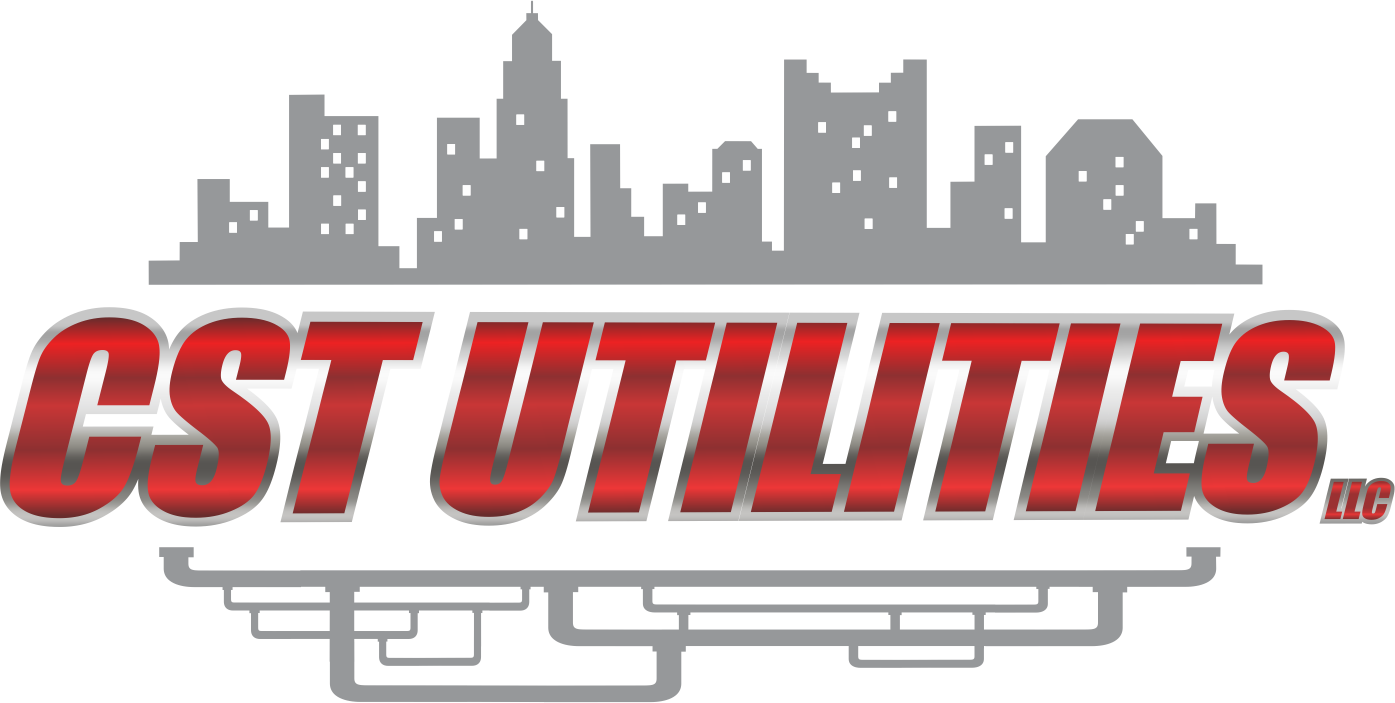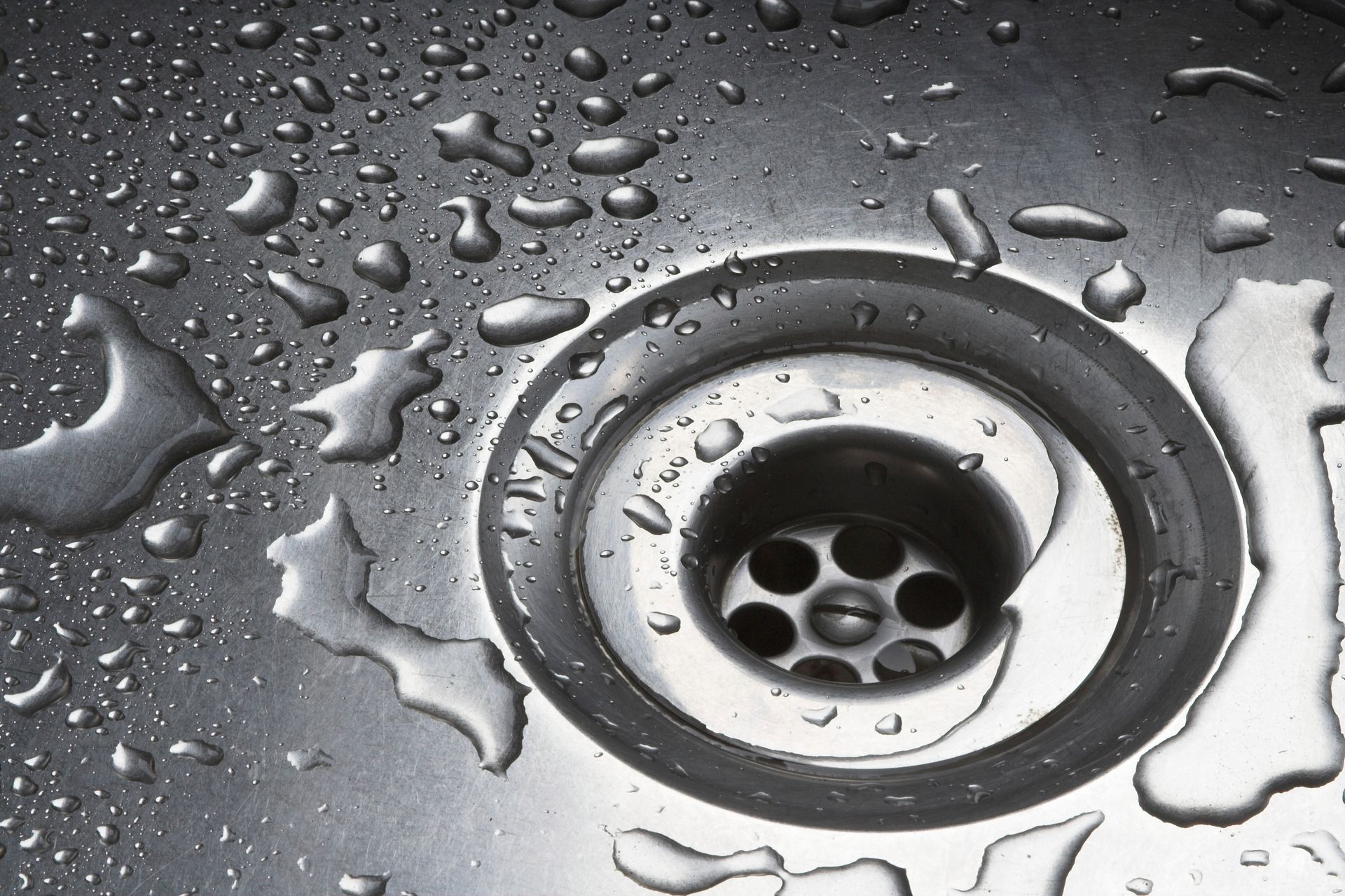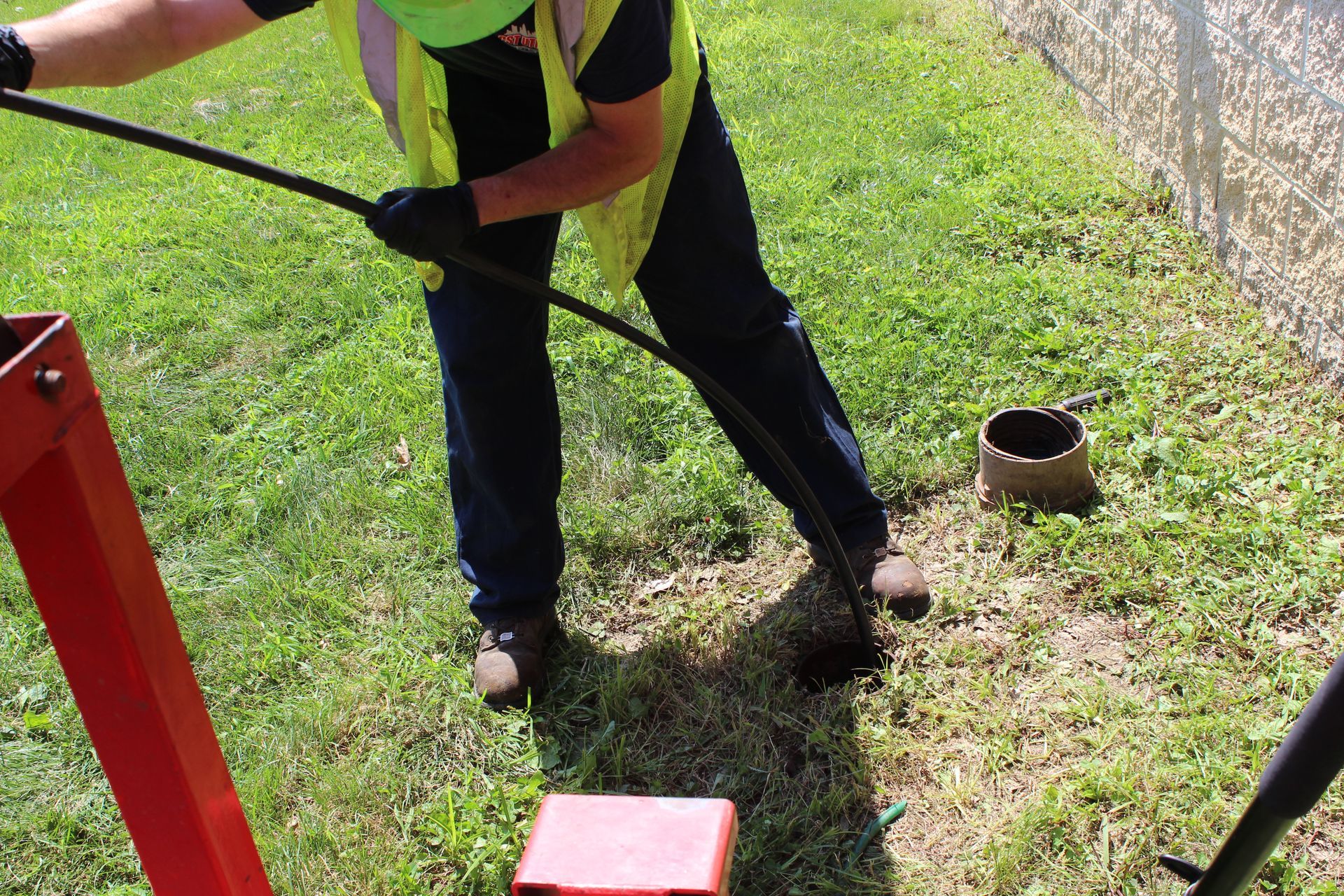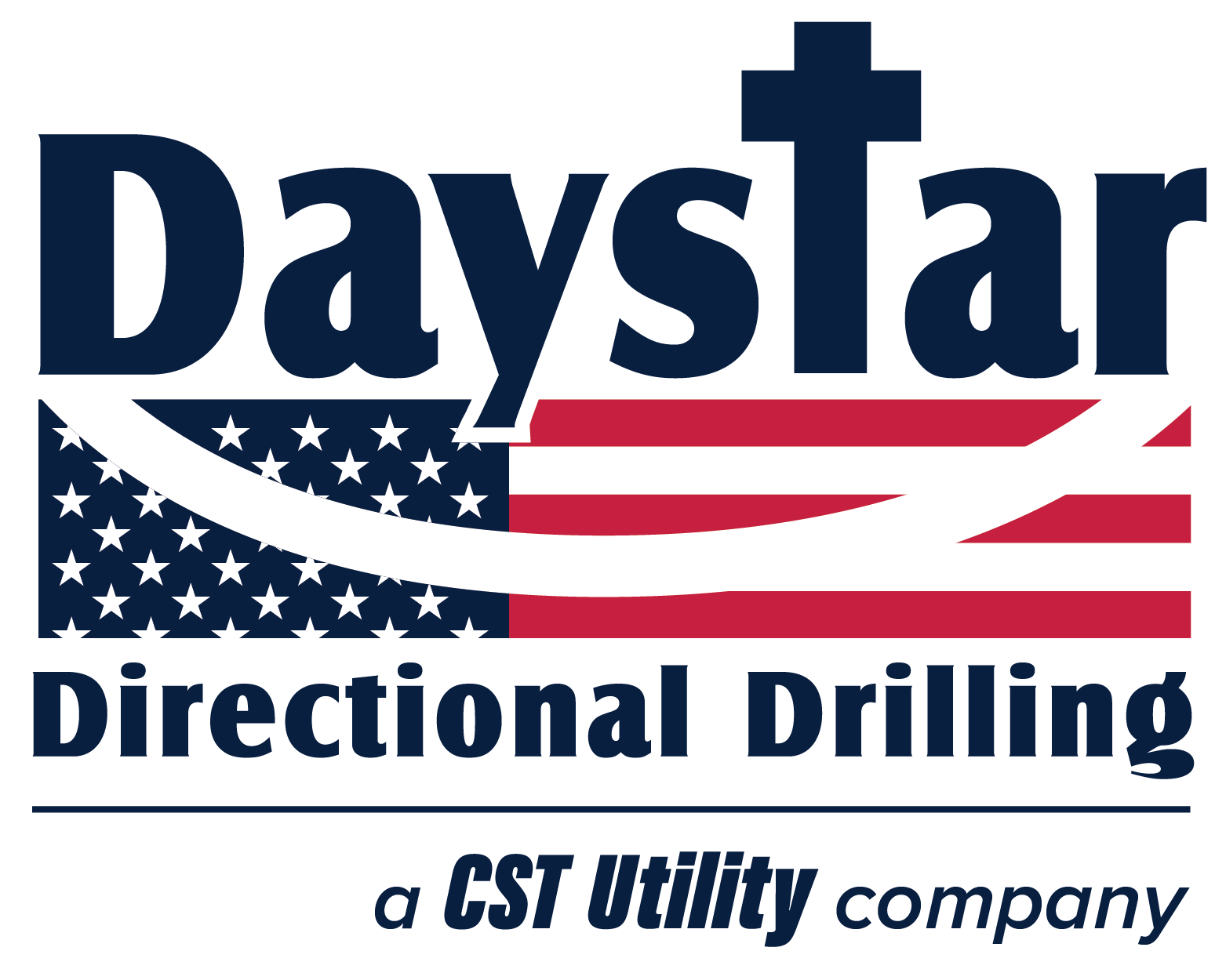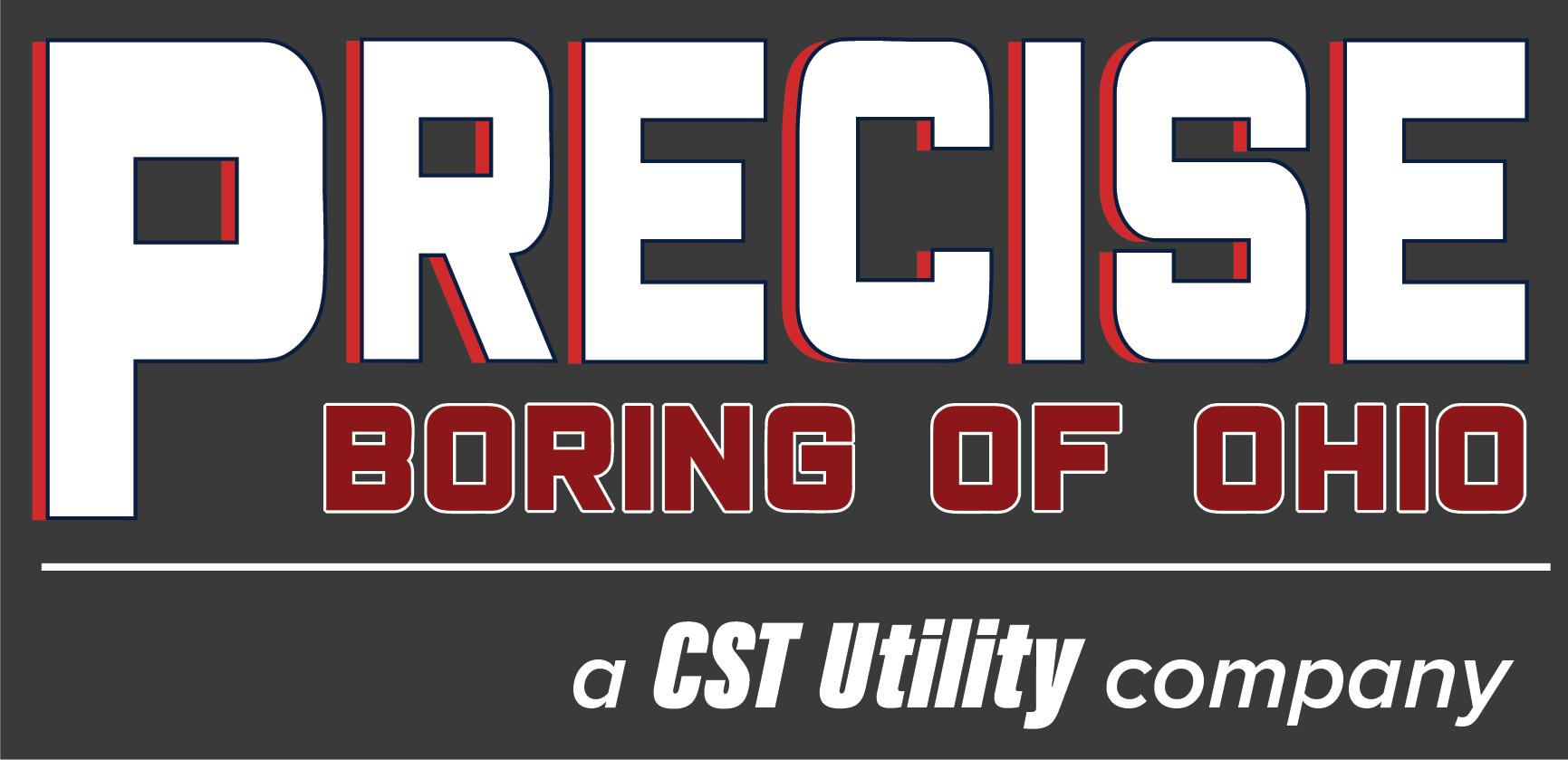Blog
Stay connected with insights from the CST Utilities team — the people behind the projects that keep our communities moving. Here, we share updates on local utility work, safety best practices, and smart planning tips for contractors, municipalities, and residents alike. Whether you’re managing a job site or curious about what’s happening in your neighborhood, our goal is to keep you informed, prepared, and confident before the next dig begins.


